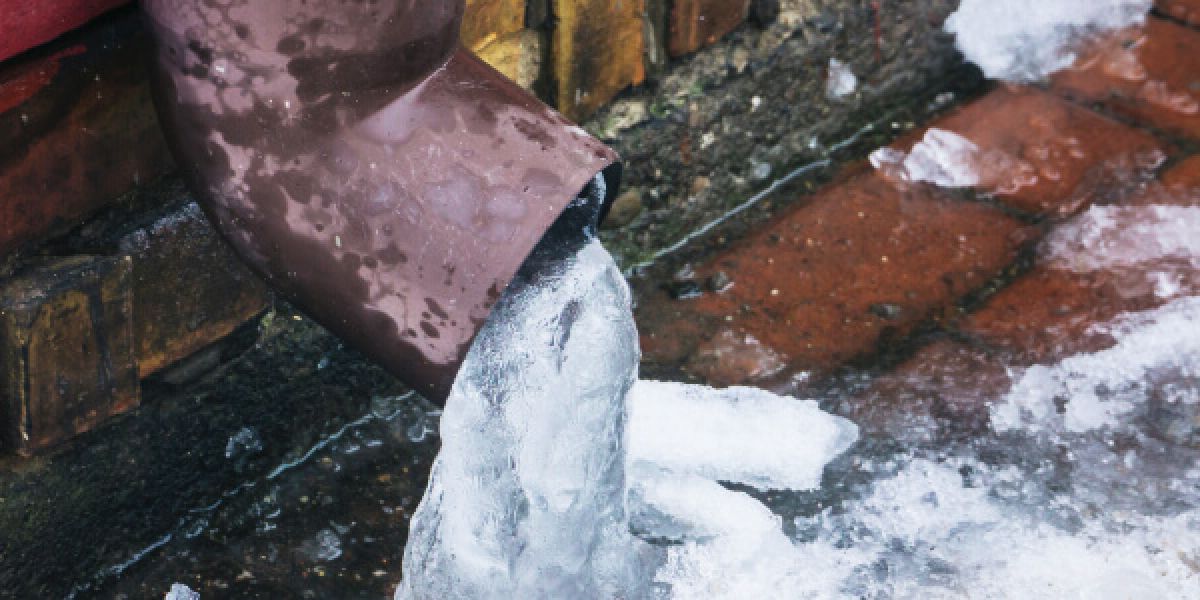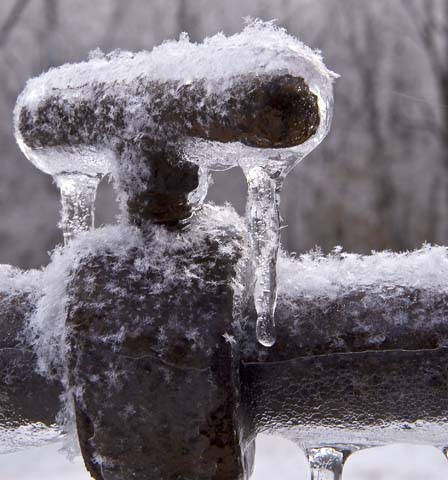Essential Tips to Protect Against Frozen Pipes in Cold Weather
Essential Tips to Protect Against Frozen Pipes in Cold Weather
Blog Article
The content following next on the subject of Helpful Tips to Prevent Frozen Pipes this Winter is absolutely compelling. Don't bypass it.

Cold weather can damage your plumbing, particularly by freezing pipes. Here's how to prevent it from taking place and what to do if it does.
Intro
As temperature levels decrease, the danger of frozen pipes increases, possibly causing expensive repair work and water damage. Recognizing exactly how to prevent icy pipelines is vital for property owners in cold environments.
Prevention Tips
Shielding susceptible pipelines
Wrap pipelines in insulation sleeves or use warmth tape to secure them from freezing temperatures. Focus on pipes in unheated or external locations of the home.
Heating techniques
Keep interior spaces effectively heated, especially areas with plumbing. Open up cabinet doors to enable warm air to distribute around pipes under sinks.
Exactly how to determine icy pipes
Look for decreased water flow from taps, unusual smells or sounds from pipes, and noticeable frost on subjected pipelines.
Long-Term Solutions
Architectural changes
Consider rerouting pipes far from outside wall surfaces or unheated locations. Add extra insulation to attics, cellars, and crawl spaces.
Updating insulation
Invest in premium insulation for pipes, attic rooms, and wall surfaces. Appropriate insulation helps keep constant temperatures and reduces the threat of frozen pipes.
Protecting Exterior Plumbing
Yard hose pipes and outdoor taps
Disconnect and drain pipes garden pipes before winter. Set up frost-proof spigots or cover outside taps with insulated caps.
Recognizing Frozen Pipes
What creates pipes to ice up?
Pipes freeze when subjected to temperature levels listed below 32 ° F (0 ° C) for extended periods. As water inside the pipes freezes, it broadens, taxing the pipe walls and potentially causing them to burst.
Risks and damages
Frozen pipes can result in water disturbances, residential or commercial property damages, and pricey repair services. Ruptured pipes can flooding homes and create extensive structural damage.
Indicators of Frozen Pipes
Determining icy pipelines early can avoid them from rupturing.
What to Do If Your Pipelines Freeze
Immediate actions to take
If you presume frozen pipes, maintain faucets available to ease pressure as the ice thaws. Utilize a hairdryer or towels soaked in warm water to thaw pipes gradually.
Final thought
Avoiding icy pipes calls for aggressive steps and fast reactions. By recognizing the causes, indicators, and preventive measures, house owners can protect their plumbing throughout winter.
6 Proven Ways to Prevent Frozen Pipes and Protect Your Home
Disconnect and Drain Garden Hoses
Before winter arrives, start by disconnecting your garden hoses and draining any remaining water. Close the shut-off valves that supply outdoor hose bibs and leave the outdoor faucet open to allow any residual water to drain. For extra protection, consider using faucet covers throughout the colder months. It’s also important to drain water from any sprinkler supply lines following the manufacturer’s directions.
Insulate Exposed Pipes
Insulating your pipes is an effective way to prevent freezing. Pipe insulation is readily available at home improvement stores and is relatively inexpensive. Pay close attention to pipes in unheated areas such as the attic, basement, crawl spaces, or garage. Apply foam insulation generously to create a buffer against the cold. You can also wrap your pipes in heat tape or thermostat-controlled heat cables for added warmth.
Seal Air Leaks
Inspect your home for any cracks or openings that could let in cold air. Seal any holes around the piping in interior or exterior walls, as well as the sill plates where your home rests on its foundation. Additionally, make sure to keep your garage door closed unless you’re entering or exiting. Leaving it open creates a significant air leak that can lead to frozen pipes.
Allow Warm Air Circulation
During cold snaps, it’s essential to allow warm air to circulate evenly throughout your home. Leave interior doors ajar to promote better airflow. Open kitchen and bathroom cabinets to help distribute heat consistently around the rooms. If you have small children or pets, be sure to remove any household chemicals or potentially harmful cleaners from open cabinets for safety.
Let Faucets Drip
A small trickle of water can make a big difference in preventing ice formation inside your pipes. When temperatures drop significantly, start a drip of water from all faucets served by exposed pipes. This continuous flow helps prevent the water from freezing. Additionally, running a few faucets slightly can relieve pressure inside the pipes, reducing the chances of a rupture if the water inside does freeze.
https://choateshvac.com/6-proven-ways-to-prevent-frozen-pipes-and-protect-your-home/

Do you really like reading up on Prevent Frozen Pipes ? Write feedback directly below. We would be delighted to hear your views about this entry. Hoping that you visit us again in the future. Do you know somebody who is serious about How to Prevent Your Pipes From Freezing? Do not hesitate to share it. Thanks a lot for your time. Don't hesitate to check our blog back soon.
Book Inspection Report this page